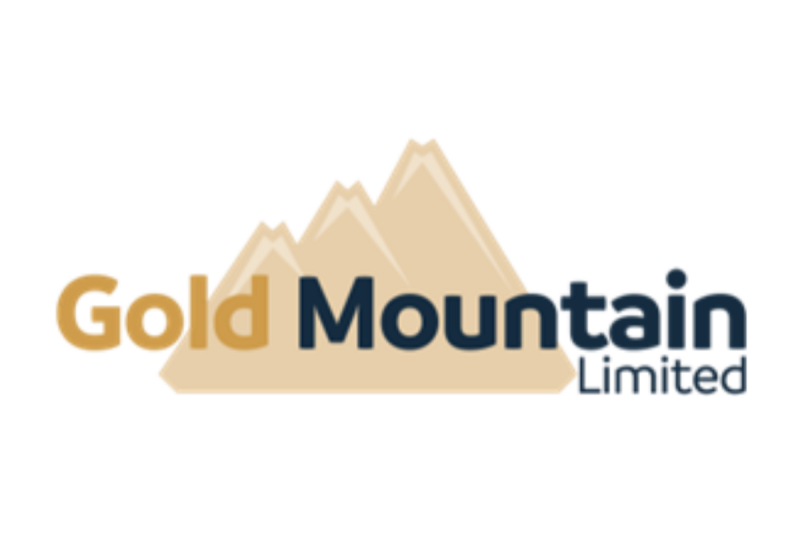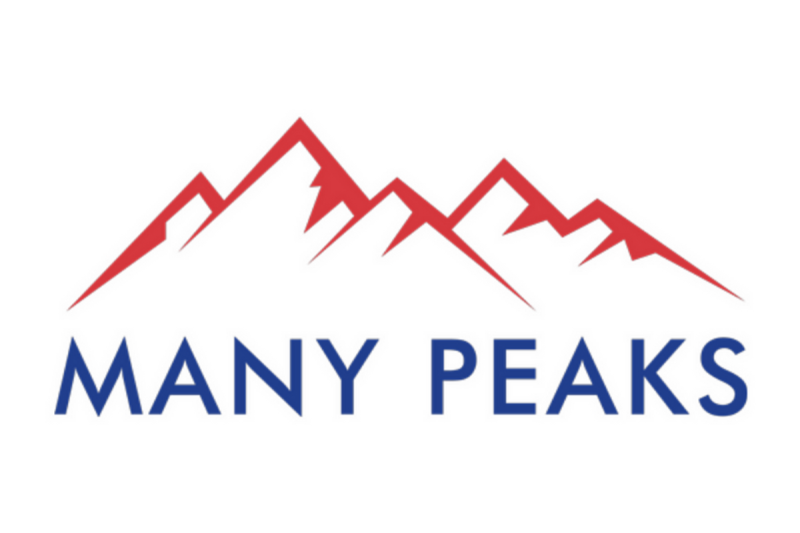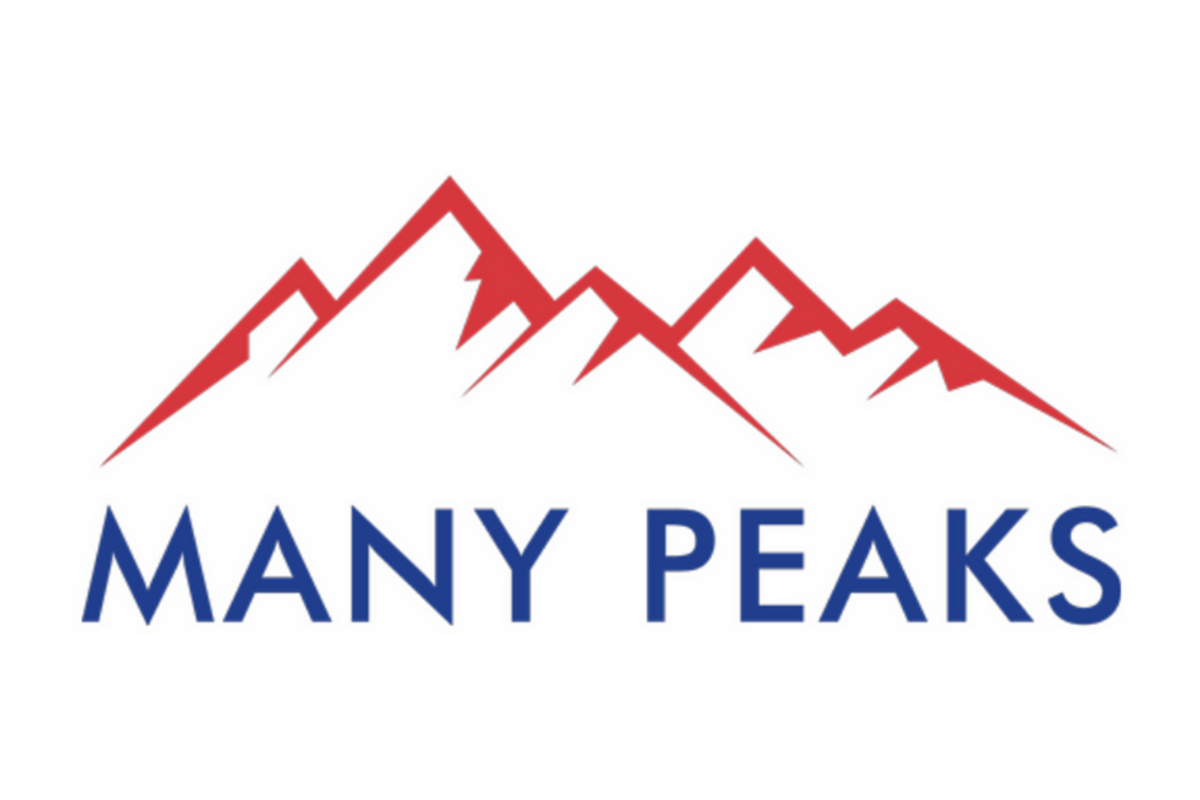
The South African government has launched a rescue operation at an abandoned gold mine in the country’s North West province, where at least 109 men have died, a group representing the miners said, after local authorities cut off vital supplies in a dramatic bid to crack down on the country’s illegal mining trade.
As of Tuesday evening, at least 51 bodies and 66 survivors had been pulled out of the Stilfontein mine, according to South African police, with many more feared trapped inside.
While estimates varied on how many men were in the mine, Meshack Mbangula, head of the Mining Affected Communities United in Action (MACUA), had earlier estimated that 500 people were trapped underground.
The video, filmed by one of the miners last week, according to Mbangula, also shows shirtless, emaciated-looking men with protruding bones and ribs.
A man speaking in Zulu, pleads to be rescued in one scene. Another man says: “How many days must we live in a situation like this.”
“Please take us out. Please assist us to come out or if not, please give us food because [there are] people who are dead. We’ve got 109 people dead and we need plastic to wrap them because the smell is too much, we can’t stand the smell,” the miners said in the letter.
Community-led groups like MACUA say they have led the effort to help the trapped miners for months, he said, as police cut off food and vital supplies to the men in November in an attempt to force them out and close the mine.
The police’s move – a self-described crackdown on the illegal mining industry – has drawn criticism from community groups and South Africa’s Federation of Trade Unions (SAFTU), who in November called it “vindictive,” and one that may “end in a tragedy.”
Police spokesperson Athlenda Mathe told reporters in November that food and water supplies to those underground had been halted. “We are stopping and preventing food and water to go down there as a way of forcing these illegal miners to resurface because what they are doing is criminality,” she said.
Miners would face arrest upon resurfacing, according to police.
In November, a South African court ordered police to halt its standoff, provide food to the trapped miners and allow rescue teams to access the mine. The nation’s Human Rights Commission (SAHRC) also said it was investigating the police service for halting vital supplies to the miners.
On Sunday, facing intensifying public pressure and reports that many of the miners had already died, the Department of Mineral Resources and Energy said it had begun plans to conduct a rescue operation at the abandoned shaft. The mineral resources department said “the decision to deploy rescue services was made independently” and not mandated by a court.
South Africa harbors up to 100,000 artisanal miners, known locally as “zama zamas” with most of the minerals derived from artisanal mining “sold to the black market, and international illicit mineral traders,” according to SAFTU.
The nation also loses more than $1 billion to illegal mining annually, with the black market trade in gold linked to violent turf wars, according to a parliamentary brief.























 Many Peaks Minerals (MPK:AU) has announced Diamond Drilling Commences at Ferke Gold Project
Many Peaks Minerals (MPK:AU) has announced Diamond Drilling Commences at Ferke Gold Project

